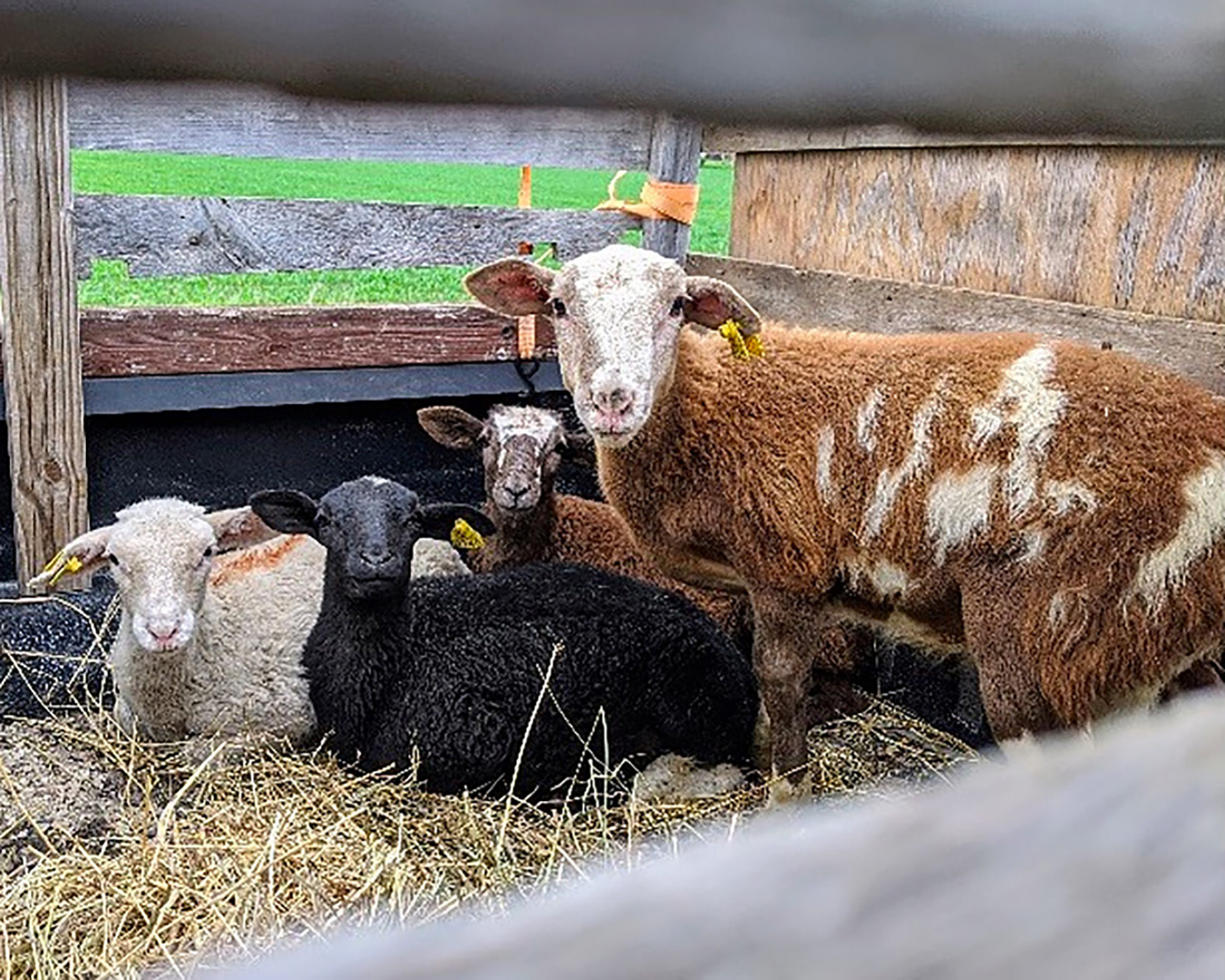2 General disease prevention
Minimize exposure to disease
 Disease prevention practices are essential for maintaining and promoting animal health. Having areas to isolate or quarantine animals, maintaining a closed herd, good cleaning and disinfection protocols, good grazing management, and limiting visitor contact with animals (particularly if visitors are livestock professionals or have been around livestock recently) help prevent disease introduction and spread in the herd (Coffey & Baier, 2012). This is an area where veterinarians can be helpful as consultants for O/A farms.
Disease prevention practices are essential for maintaining and promoting animal health. Having areas to isolate or quarantine animals, maintaining a closed herd, good cleaning and disinfection protocols, good grazing management, and limiting visitor contact with animals (particularly if visitors are livestock professionals or have been around livestock recently) help prevent disease introduction and spread in the herd (Coffey & Baier, 2012). This is an area where veterinarians can be helpful as consultants for O/A farms.
The Livestock Project has assembled several self-assessment checklists, templates, and handouts to assist O/A farmers and ranchers in preparing for disease prevention. The tools are not substantially different from those developed for conventional farms but attempt to be sensitive to the needs and desires of alternative and organic livestock and poultry farmers and ranchers.
- Animal Health Conversation Starters
- Disaster and Emergency Planning (the basics)
- Step 1 Movement risks
- Step 2 Disease Prevention self-assessment
- Step 3 Disease Prevention Plan Template (.docx download)
- Foreign Animal Disease Frequently Asked Questions for organic and alternative farms
- Foreign animal disease Infographic

